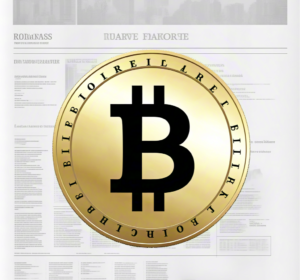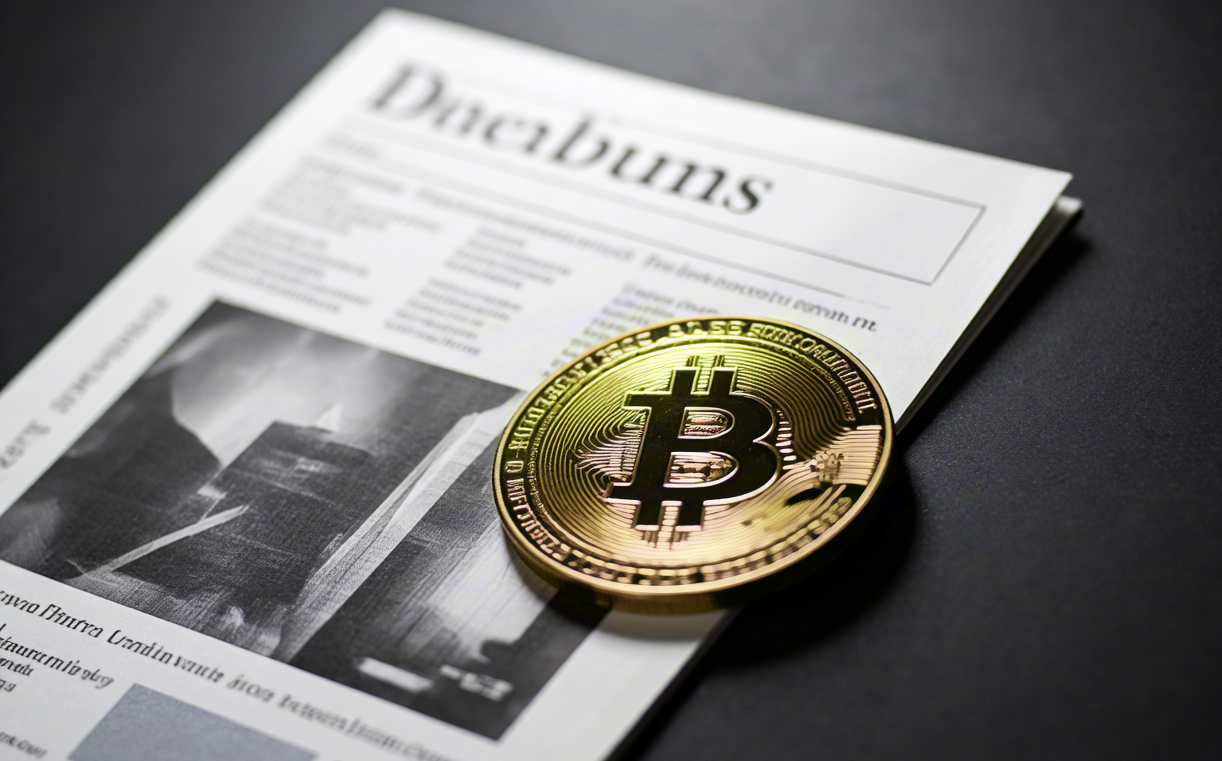The U.S. government should ignore the proposal to consider XRP as a strategic asset, because in the cryptocurrency space, Bitcoin is the only asset with strategic value.
Maximilian Staudinger recently submitted a proposal to the U.S. Securities and Exchange Commission (SEC) newly-established Crypto Task Force to define XRP as a “strategic financial asset.” Citing data on $5 trillion in cross-border payment accounts (Nostro accounts) in the U.S. banking system, the proposal claims that if three regulatory conditions are met – the SEC classifies XRP as a payment network, the Department of Justice approves the use of XRP by banks, and the Federal Reserve mandates that XRP be used as a liquidity tool – 1.5 million of that amount could be released. -$1.5 trillion of those funds could be released for the purchase of 25 million bitcoins at a single price of $60,000 USD.
Core Logic Vulnerabilities
Misalignment of Account Attributes:

- The Nostro account is a foreign exchange settlement account held overseas by a U.S. bank, and the proposal fails to articulate how XRP replaces U.S. dollar assets in the account, and the path to legality for the bank’s transfer of U.S. dollars to the federal government to purchase Bitcoin.
XRP Supply Contradiction:
- Banks would need to purchase XRP through the market in order to complete the asset replacement, which would result in $1.5 trillion flowing into XRP rather than the bitcoin market.
- Even if Ripple, the issuer, were to offer XRP directly, this would not be feasible because Ripple holds only about $100 billion in XRP, far short of $1.5 trillion.
The Bitcoin Market Paradox:
- The total number of bitcoins in circulation is capped at 21 million (about 4 million have been permanently lost), and the purchase target of 25 million exceeds actual supply by 19%.
- .If the U.S. government attempts a large purchase, the market imbalance between supply and demand will cause the price to skyrocket, and the $60,000 per unit assumption is not valid.
The Strategic Advantages of Bitcoin
| Dimension | Bitcoin | XRP |
| Number of nodes | Tens of thousands of globally distributed nodes | 828 centralized nodes |
| Energy conservation | Consuming 0.4% of the world’s energy for cyber security | No energy support mechanism |
| Supply control | 21 million hard cap, decentralized controlling party | 60% of the supply is controlled by Ripple |
| Sovereignty recognition | El Salvador legal tender, multinational reserve asset | Payment protocols mainly used in commercial organizations |
The SEC Cryptocurrency Working Group has not yet responded to the proposal. Industry observers have noted that the classification of XRP, which is highly centralized and subject to regulatory litigation (SEC v. Ripple), as a strategic asset is in fundamental conflict with current U.S. crypto asset classification standards. Bitcoin remains the only cryptocurrency that has been included in the strategic reserve framework by multiple governments because it meets the core characteristics of decentralization, censorship resistance, and scarcity.
This article is based on proposal documents and public data, and the views do not represent the position of any organization.
